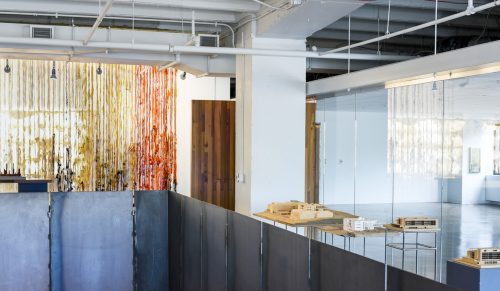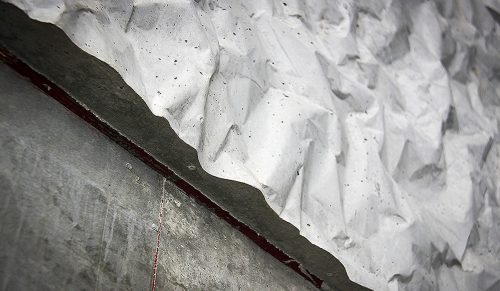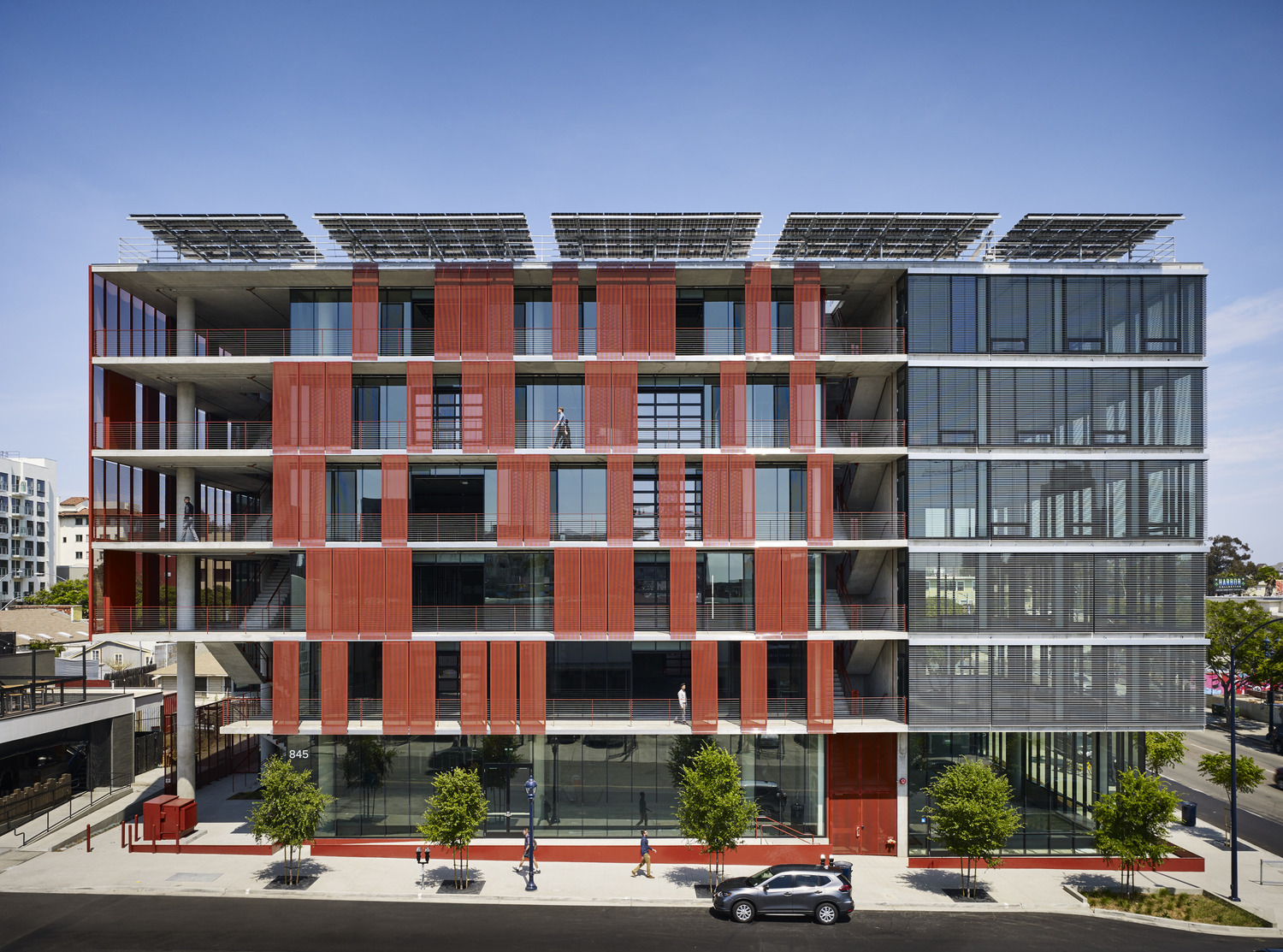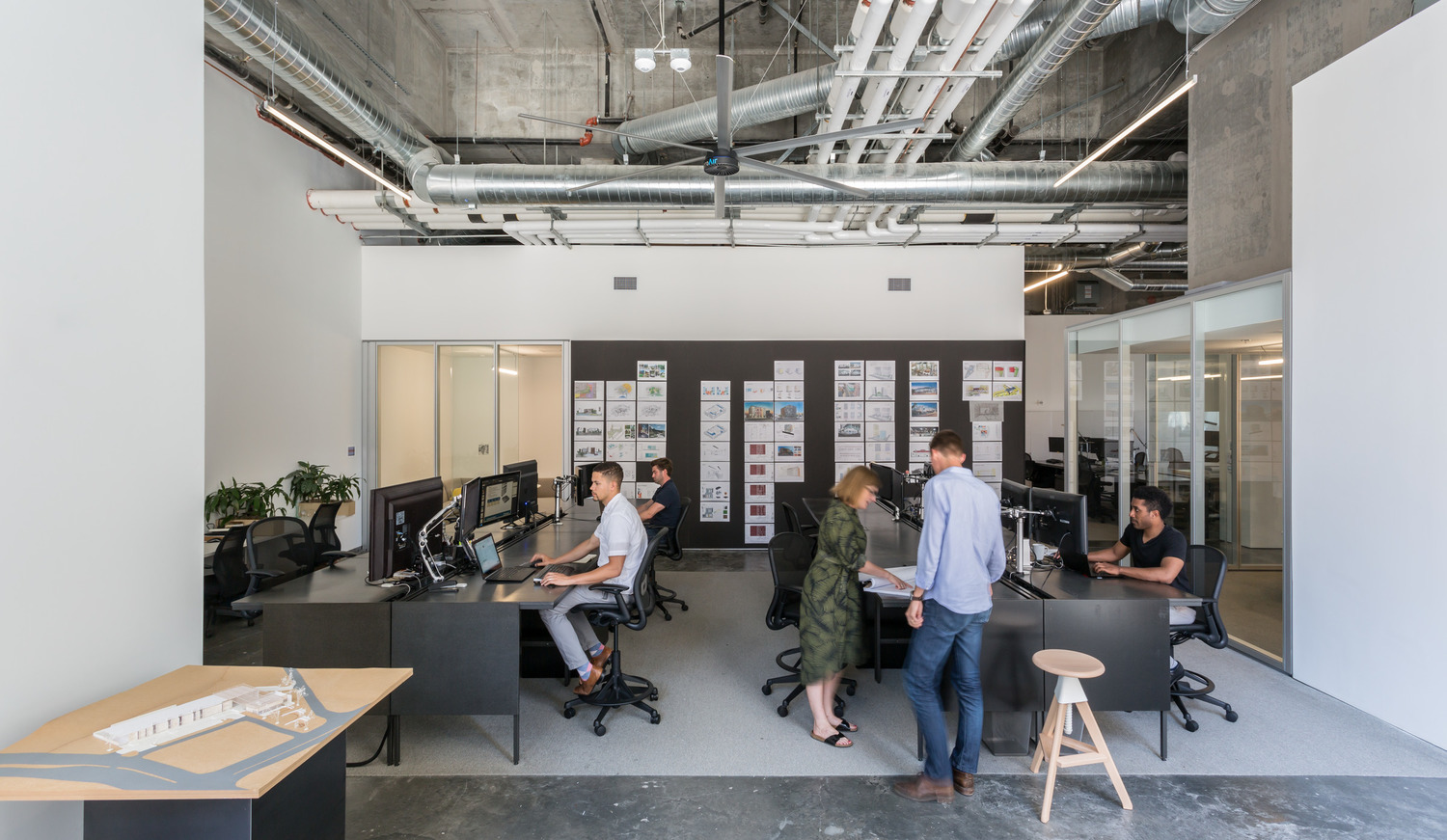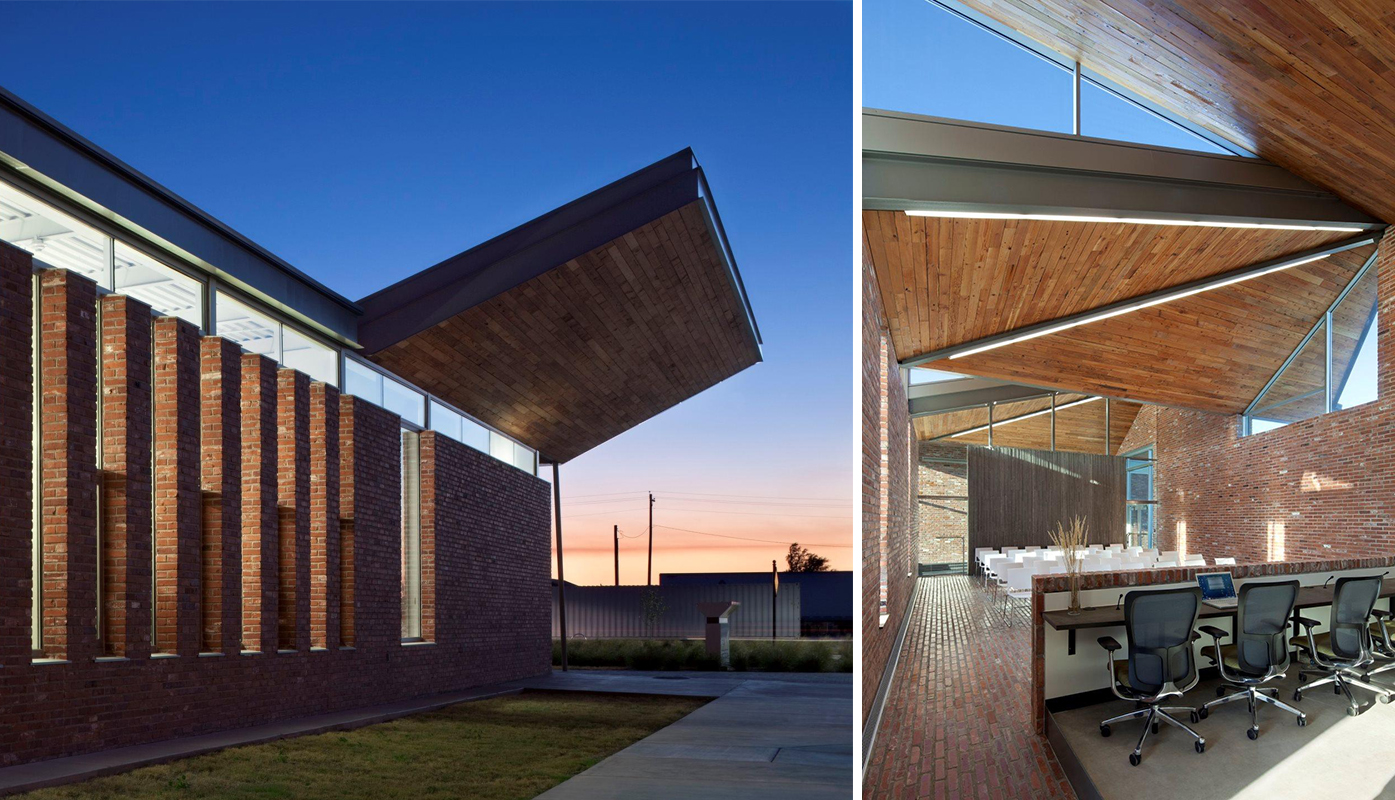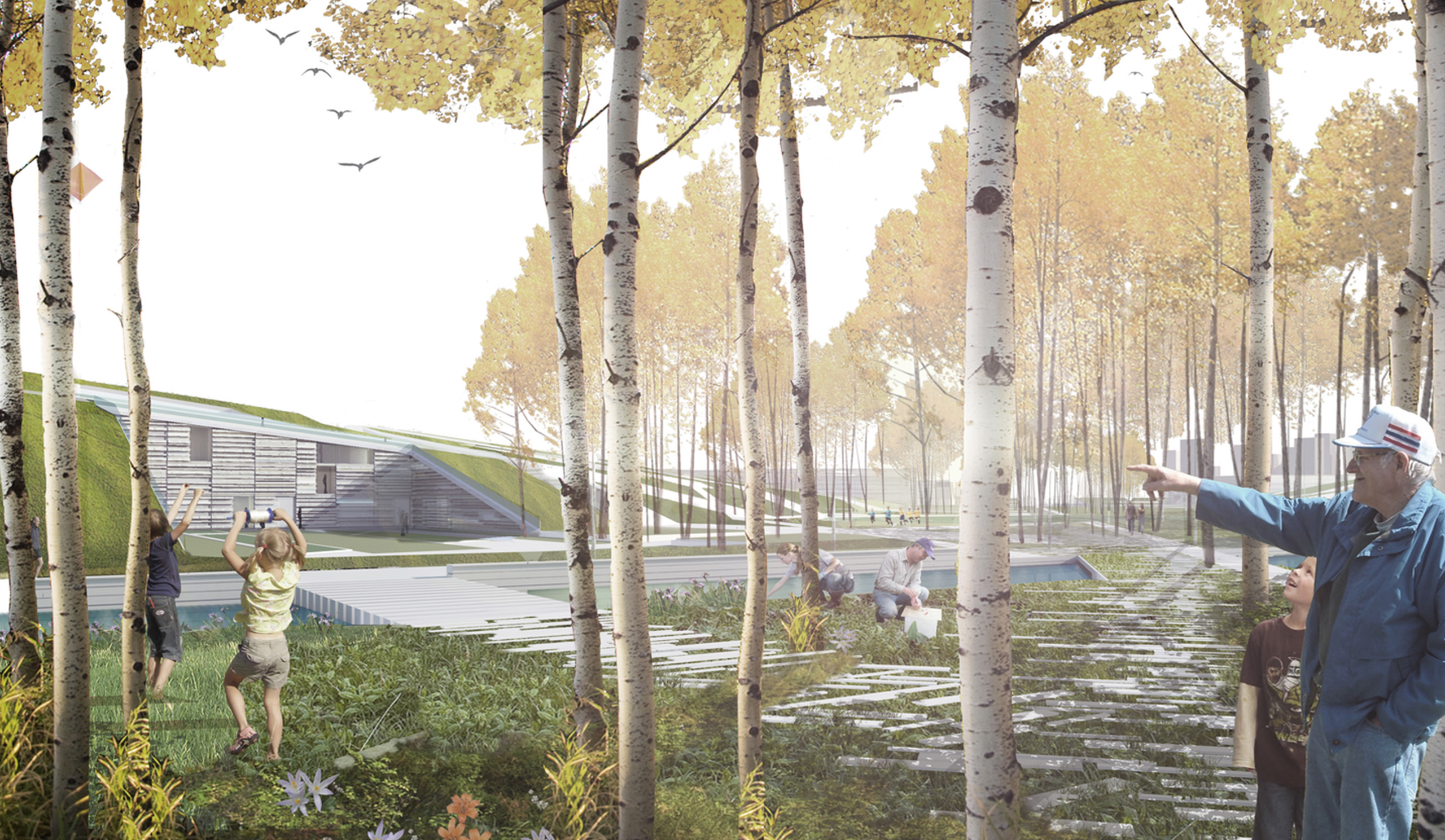
Redesigning Design
We live in an incredibly interesting, dynamic time full of disruption, upheaval, and innovation. Many of the serious, urgent challenges we face both as a practice and a profession have been well-documented: the rapid evolution of technology; fierce competition between firms who (along with a number of their clients) devalue their own services, engaging in a dangerous race to the bottom to provide “the best deal;” a lack of racial and gender diversity, equity and participation; an often adversarial relationship between industry partners; new, competing models that are encroaching on the business model of established, quality AEC firms; and increasingly longer hours despite “smarter” tools and methodologies – just to name a few.
As a result, BNIM has been proactively strategizing to refine, adapt, and, in some cases, fundamentally transform the way we do our work. A number of values and themes have begun to emerge from our work, engagement, and dialogue as a way to frame how we best move forward and redesign design itself.
Continue to Recognize Constraints as Opportunities for Innovation
We have often done our very best work when faced with adversity, solving grand challenges, and/or working within and with significant constraints. This is certainly not a call for more tragedy and hardship, but rather an acknowledgement that innovation often arises from what at first appear as seemingly difficult, even impossible situations.
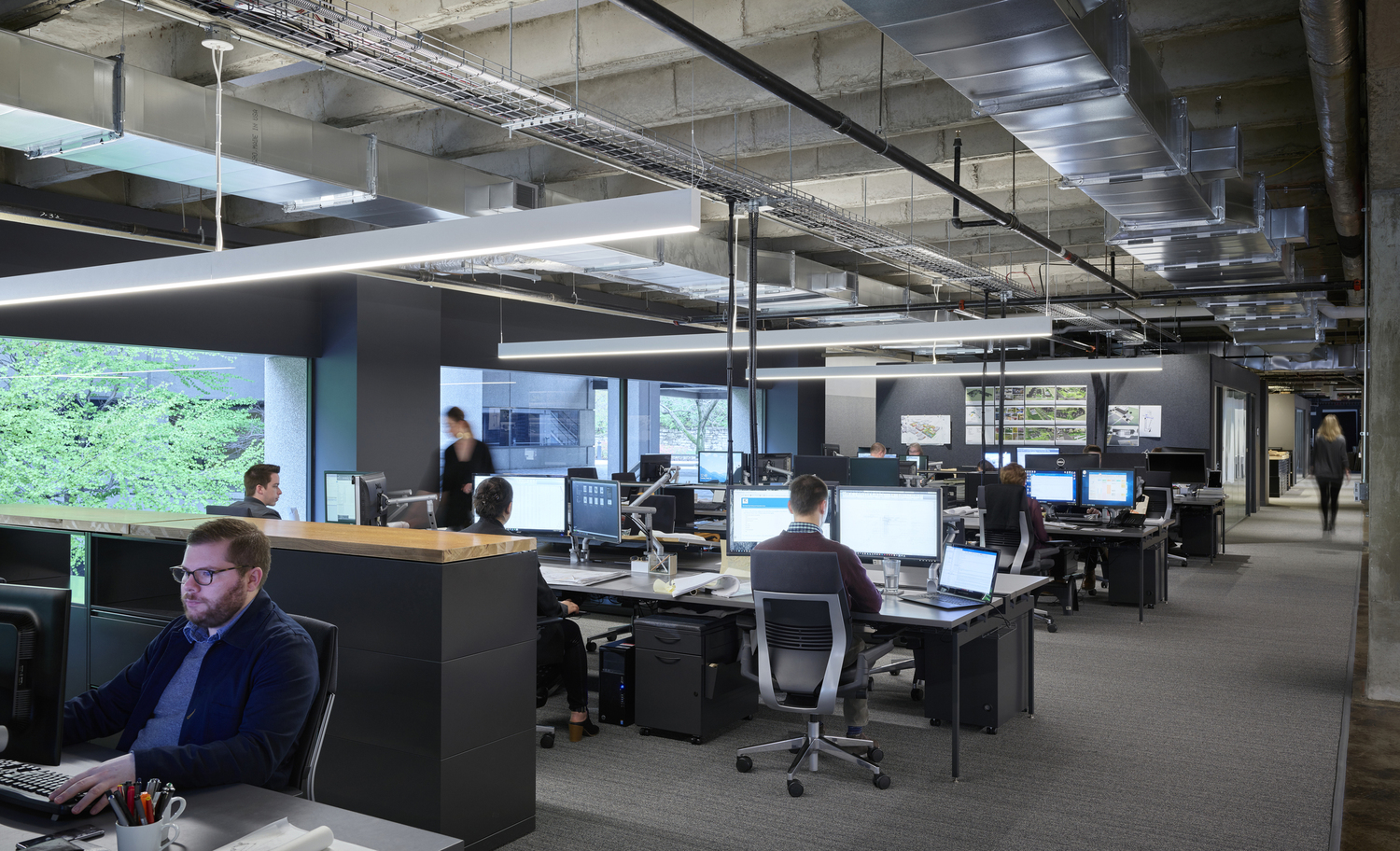
2460 Pershing – BNIM Kansas City
Maximize (and Grow) Value, Minimize Waste
While not a new idea, the desire to realize it has never been more urgent. This starts with taking the time needed to ensure a clear understanding of what is important to our clients, and to translate this into concrete action and tangible solutions. All team members must be committed to identifying areas of waste within the process, and to articulate where value is both being minimized and could be potentially enhanced. Our integrated teams are sensitive to the resources available, and strive for solutions that embody the idea of doing “twice as much with half as much.”
Inclusion not Exclusion
Some of our most compelling, satisfying work has been the result of the efforts of well-integrated, interdisciplinary design teams. These teams extend beyond the walls of our studio and include a network of partners and collaborators that bring specialized skillsets, strong capacities, and unique perspectives. The process is always best served when we are encouraged to both challenge and support one another. It’s everyone’s responsibility to recognize and work to break down the many barriers that still exist in our industry. Further, authorship is less important in contemporary practice. We will continue to promote the notion that ideas belong to everyone, and that the best ones will ultimately be integrated into our projects.
B-NIMble
The ability for a contemporary practice to adjust and recalibrate quickly is vital. Our process must enable the ability to “right-size” and staff our teams appropriately while ensuring any operational swings are minimized and easier to manage. Taking the time to make good decisions through iteration and intentional, timely dialogue will allow us to implement those decisions as quickly as possible. That said, while seeking increased efficiencies across the board, we also recognize that a design practice still requires time and space to release moments for speculation. My colleague Greg Sheldon has made the case that, more often than not, it is those patient journeys down the seeming dead-ends that lead to the greatest discoveries. As designers, “we need to be the ones that have the patience to discover the true meaning of a project and place, to find the essence of the problem, and to then achieve the resolution by putting the materials together carefully.”
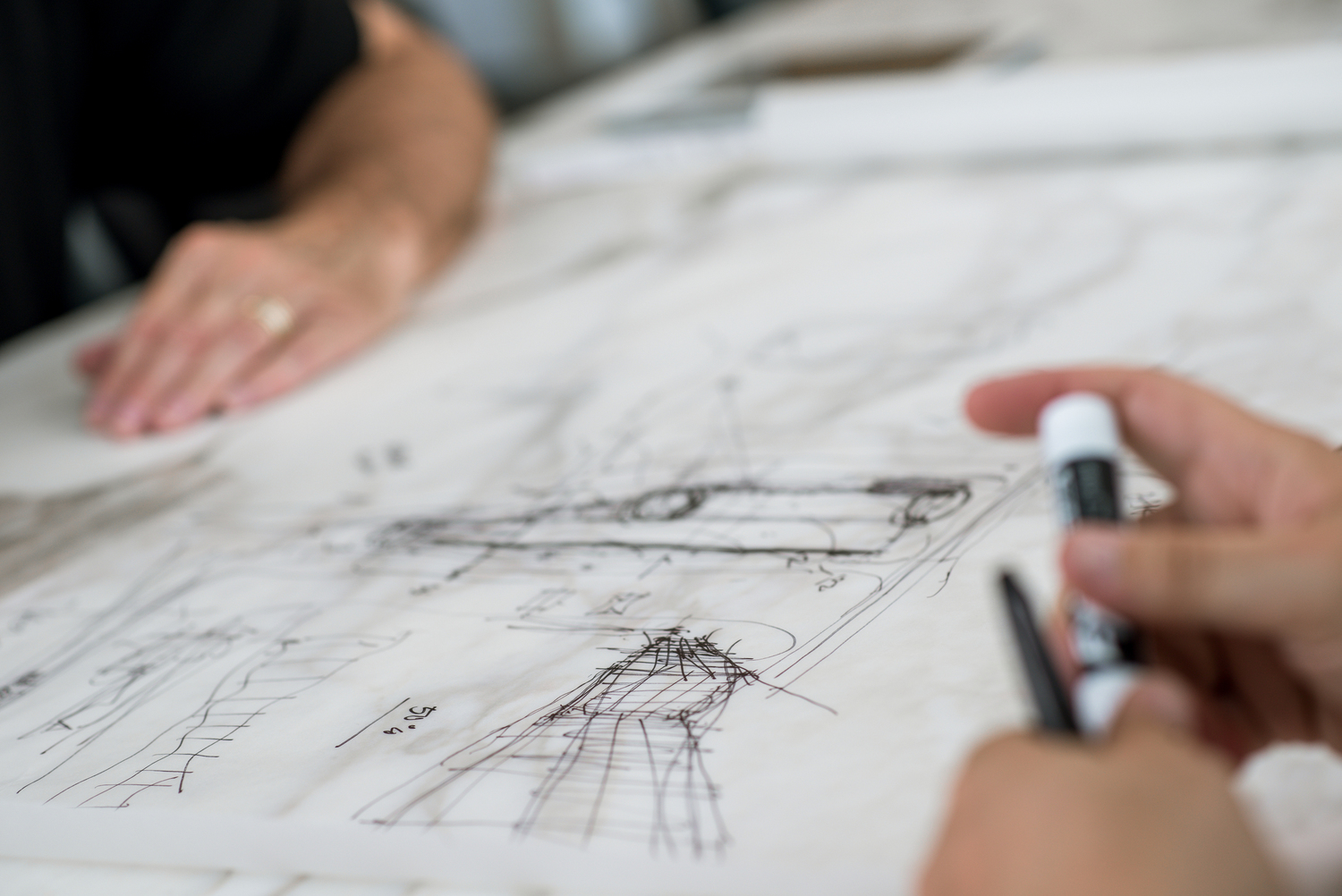
Continuous Improvement
We always seek a better way and continue to nurture a culture of curiosity, reflection, and learning. We’ve discovered that every aspect of a project’s process and design can often serve as a starting point for the design of the next one. While many of our strategies are “off the shelf,” what’s significant is how multiple strategies can integrate to achieve a project of exemplary performance and transformation. Many of our projects utilize a process of replication and innovation in which past successes serve as the foundation for the innovation of new processes and strategies. Through demonstration and outreach, these innovations become part of the public knowledge base for future consideration.
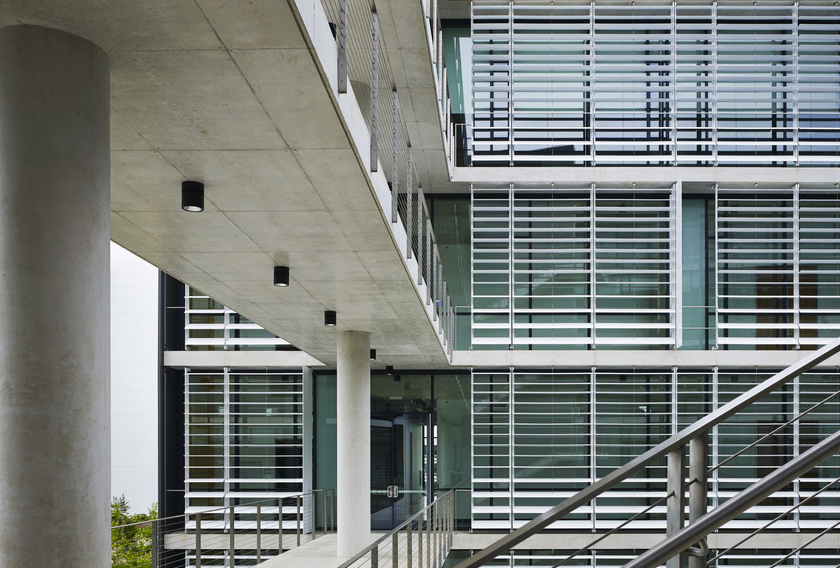 Pacific Center Campus R&D Building Shading Device
Pacific Center Campus R&D Building Shading Device
Positive, Proactive Leadership
In order to transform the profession, our design leaders are committed to a methodology yielding projects that help redefine a process for positive human, environmental, and community impact. By providing sound, smart leadership, we will be able to solve our clients’ challenges, help them realize seemingly latent opportunities, and identify what they truly value but have yet to express. More and more, we are called upon to bring people together and connect the dots, resulting in unexpected partnerships and incredible results.
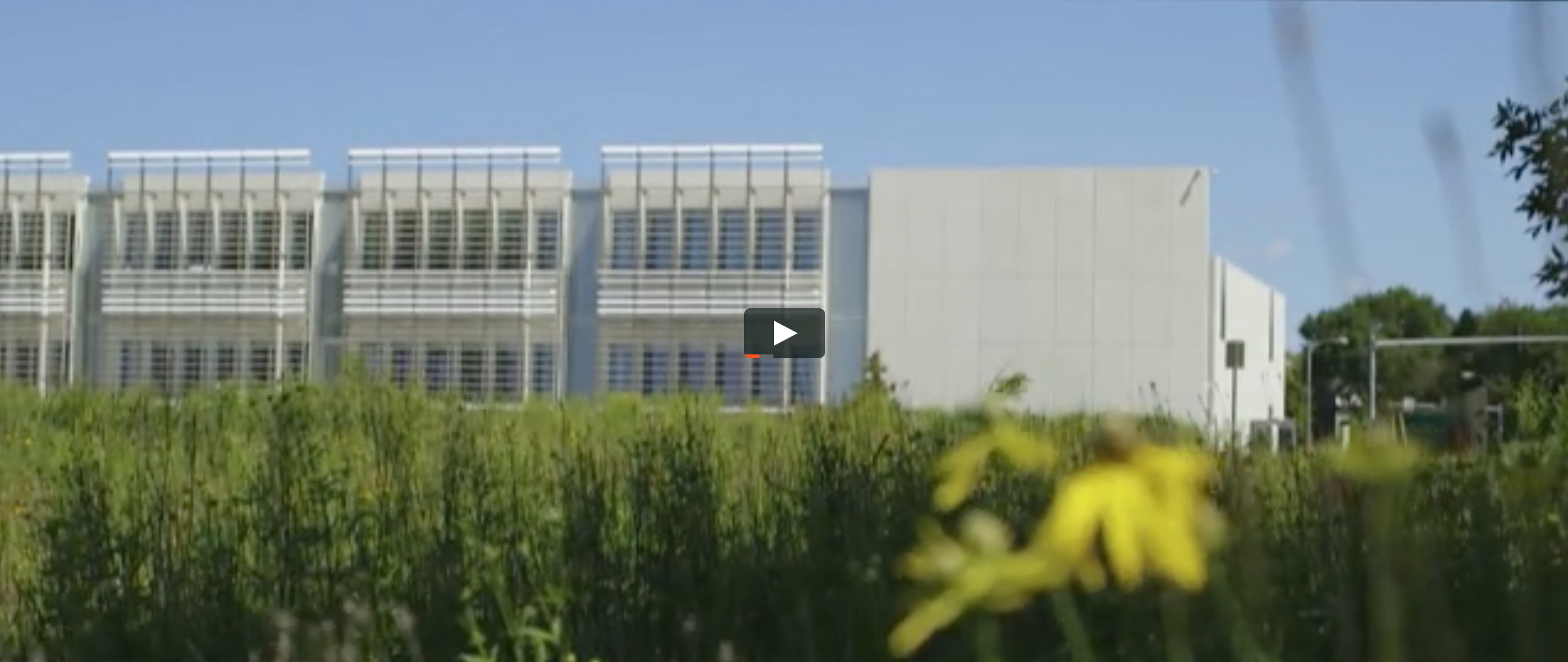
Iowa Utilities Board / Office of Consumer Advocate
Walk the Walk
BNIM’s core purpose is: “We deliver beautiful, integrated, living environments that inspire change and enhance the human condition.” This guides everything we do. We strive to grow and develop exceptional people and teams who understand our work, live and practice our values and mission, and share them with others. Our practice leverages its collective capacity for design thinking to solve issues at every scale in a way that is focused on building the positive attributes of community and the built environment.
Reduce the Noise (and FOCUS!)
In their 1953 A Communications Primer, Charles and Ray Eames suggested that the key to effective communication is to reduce “noise” that interferes with the message and to generally simplify things. This seems incredibly relevant in today’s culture of distraction, information overload and “alternative facts.” Effective, clear communication also has the nifty effect of breaking down barriers between various disciplines. (re: “Inclusion not Exclusion” above)
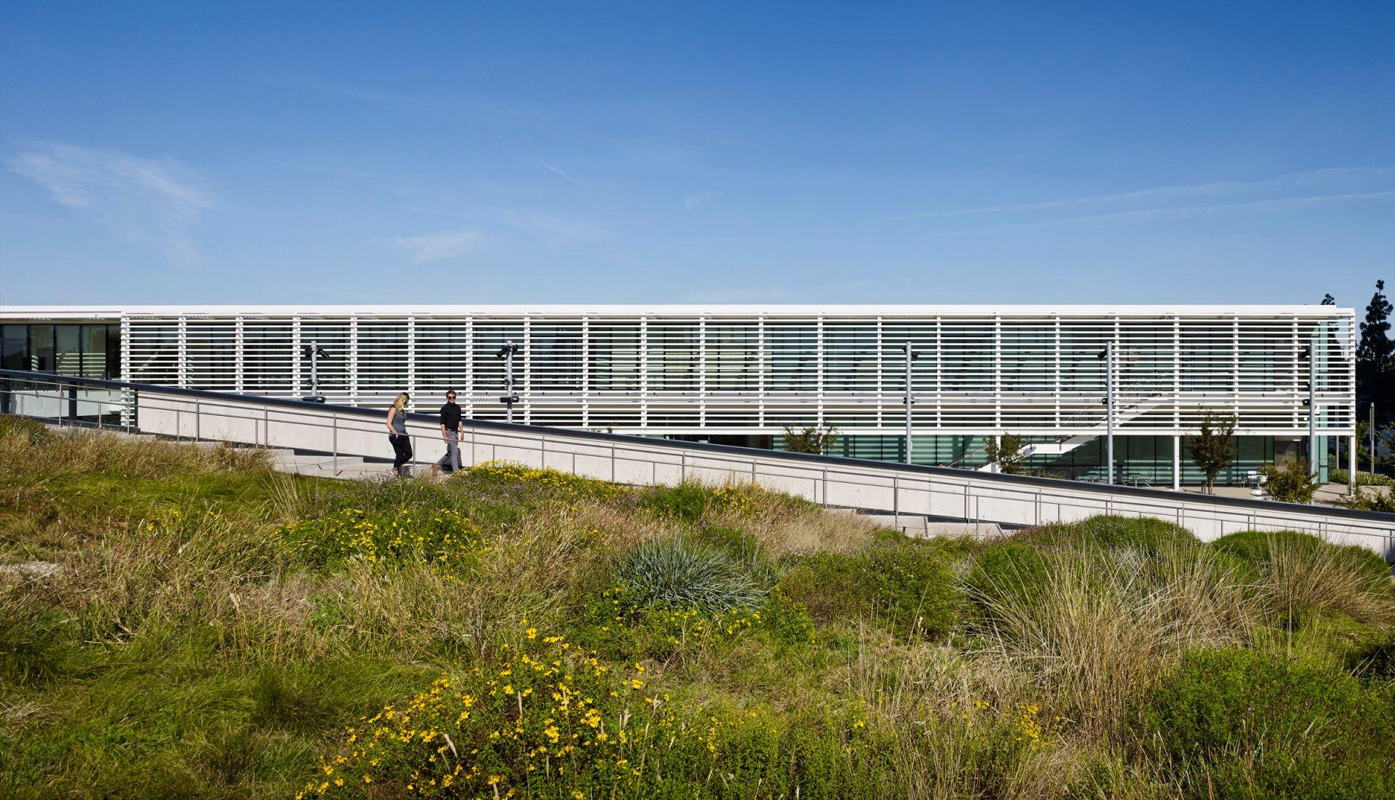
Pacific Center Campus Amenities Building
Regardless of how it’s delivered, design remains very much about the power of ideas to be transformative and impactful. At BNIM, we recognize design as a social driver whose role is often about crafting a social mix (the conditions and context within which architecture and design lives) rather than being exclusively about bricks and mortar. After all, we design more than just buildings: we design experiences, transformations, and important pieces of our cities, communities, and public realms.
Together, as our CEO Steve McDowell has previously suggested, “we have the opportunity to continue to shape the future of our profession and renew our commitments to do more good for nature and the people that we serve.” Because we are trained as critical thinkers who can solve complex problems and operate at multiple scales, we are uniquely positioned to be an instrumental part of the solution.
